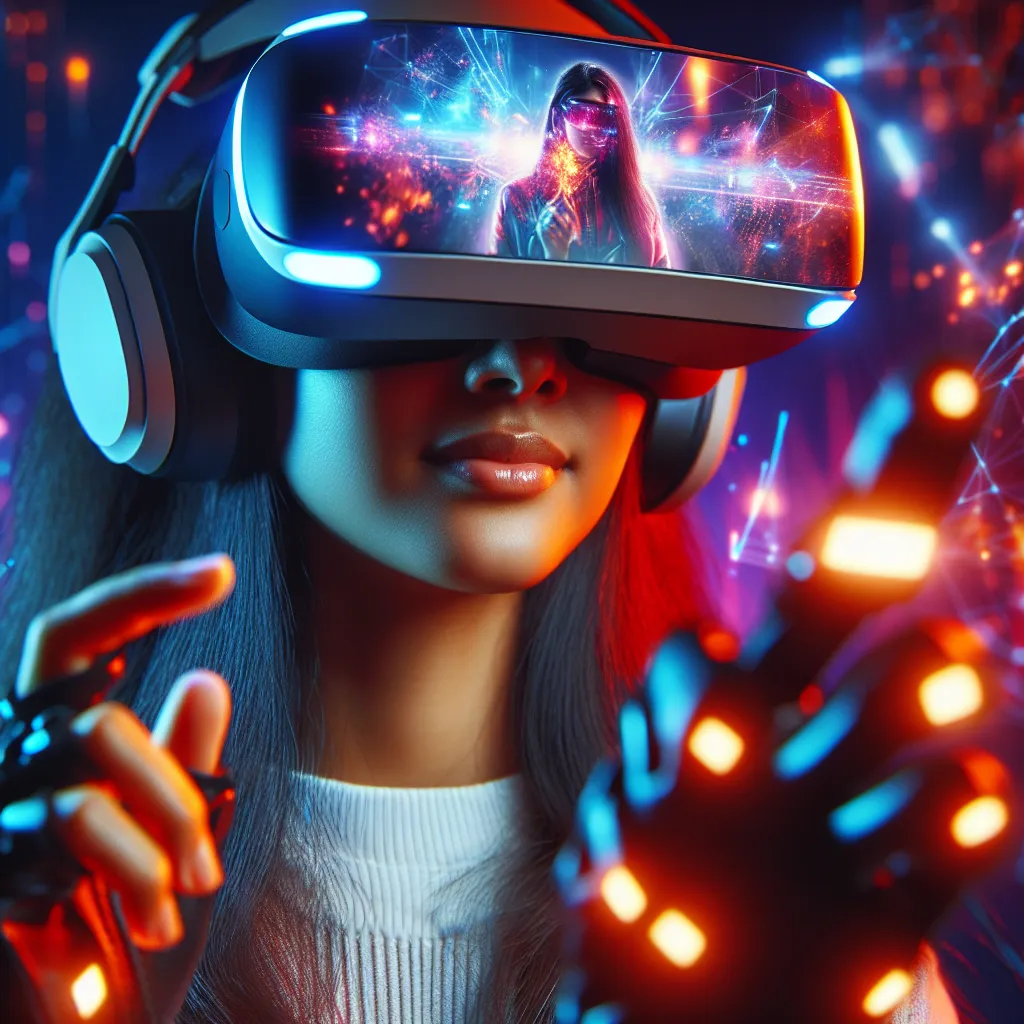The Origins of Gaming: How Pong Changed the Industry
Gaming has evolved significantly since its humble beginnings, with one of the most influential milestones being the introduction of Pong. Developed by Atari in 1972, Pong marked the birth of the video game industry as we know it today. This simple yet addictive game of virtual table tennis captured the imagination of the public and laid the foundation for the future of gaming. Pong’s success demonstrated the potential of the video game market, paving the way for further innovation and technological advancement.
By introducing Pong to arcades and homes, Atari sparked a revolution that would shape the gaming industry for decades to come. The widespread popularity of Pong catalyzed the development of more advanced gaming systems and encouraged other companies to enter the market. As a result, the initial success of Pong can be seen as the catalyst for the continued evolution of gaming, leading to the sophisticated and immersive experiences we enjoy today.
In conclusion, the origins of gaming can be traced back to the groundbreaking release of Pong. This seminal moment not only changed the industry but also set the stage for the ongoing transformation of gaming technology and culture. Understanding the impact of Pong is crucial in appreciating the evolution of gaming and its journey from simple two-dimensional games to the immersive virtual reality experiences of the present day.
From Consoles to PCs: The Transformation of Gaming
Gaming has undergone a remarkable evolution from the simple Pong to the immersive virtual reality experiences of today. One significant aspect of this transformation is the shift from consoles to PCs as the preferred gaming platform. In the early days, consoles like Atari and Nintendo dominated the gaming market, offering convenient plug-and-play solutions. However, with technological advancements, PCs have become a powerhouse for gaming, offering unparalleled performance, customization options, and a vibrant online community.
Consoles initially appealed to users with their simplicity and dedicated gaming focus, but the advent of powerful graphic cards, processors, and online connectivity has made PCs an attractive alternative. The modifiability of PCs allows gamers to upgrade hardware, install mods, and customize settings, providing a personalized gaming experience. Furthermore, the rise of digital distribution platforms like Steam has made PC gaming more accessible than ever, offering a vast library of games at the click of a button.
Additionally, the competitive gaming scene, or esports, has contributed to the popularity of PC gaming. Titles like League of Legends, Counter-Strike, and Dota 2 have thrived in the PC environment, fostering a robust competitive community and drawing in a vast audience of spectators and players alike.
As technology continues to advance, the line between consoles and PCs is blurring with the introduction of cross-platform play and the adoption of similar hardware architectures. However, the inherent flexibility and power of PCs continue to position them as a dominant force in the ever-changing landscape of gaming.
Immersive Experiences: Exploring the Rise of Virtual Reality Gaming
Virtual reality (VR) gaming has witnessed a remarkable evolution, transforming the way players engage with digital environments. The immersive experiences offered by VR technology have redefined the gaming landscape, transporting players from the confines of their living rooms to boundless virtual worlds. This evolution from simple 2D games like Pong to the immersive realms of VR has been nothing short of revolutionary.
With the advent of VR gaming, players can now step into meticulously crafted virtual environments, interacting with them in ways that were previously unimaginable. The rise of VR gaming has brought about a paradigm shift, enabling players to truly feel like they are part of the game world, blurring the lines between reality and virtuality.
As VR technology continues to advance, the potential for even more immersive experiences grows exponentially. The development of haptic feedback systems, motion tracking, and realistic graphics has propelled VR gaming to new heights, captivating players with its ability to provide deeply immersive and sensory-rich experiences.
Furthermore, the integration of VR technology in gaming has extended beyond entertainment, finding applications in education, training, and simulations. The potential for VR to create immersive learning experiences and realistic training simulations is being increasingly recognized, showcasing the profound impact of VR beyond the realm of gaming.
In conclusion, the rise of virtual reality gaming has ushered in an era of unprecedented immersion, enabling players to transcend traditional gaming boundaries and immerse themselves in captivating virtual realms. As VR technology continues to evolve, the potential for even more immersive experiences is limitless, promising to redefine the future of gaming and beyond.



